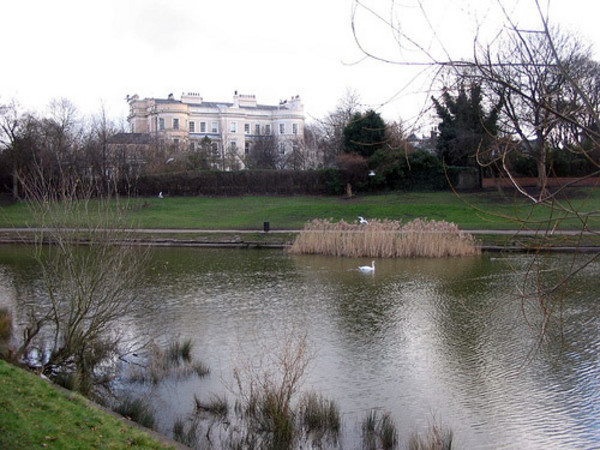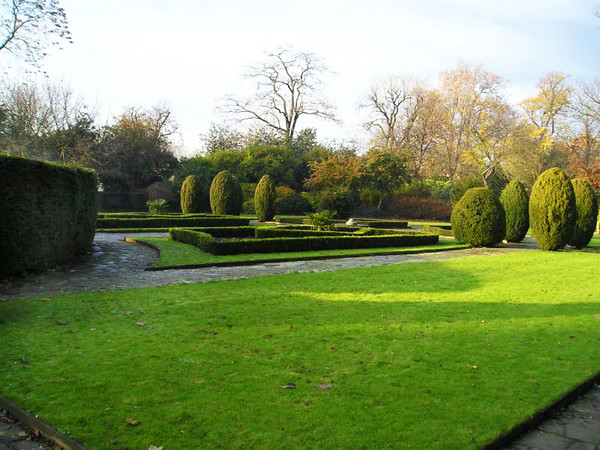<Back to Index>
- Chemist Heinrich Otto Wieland, 1877
- Architect James Pennethorne, 1801
- King of the United Kingdom George III, 1738
PAGE SPONSOR
Sir James Pennethorne (4 June 1801 – 1 September 1871) was a notable 19th century English architect and planner, particularly associated with buildings and parks in central London.
Born in Worcester, Pennethorne travelled to London in 1820 to study architecture under, first, August Pugin and then John Nash. Like many architects of the period, he spent time studying in Italy (1824 - 1826). He then returned to London to work for Nash on several government buildings, and – like Nash – became well-known for his planning work and for landscaping London parks. He served for some years as chief architect at the Office of Works, and was awarded the RIBA Royal Gold Medal in 1865.
His building works include:
- completion of East and West Park Villages, Regent's Park (started by Nash, but completed by Pennethorne after Nash's death in 1835)
- the Public Record Office, Chancery Lane, London WC2 (1851 - 1858 – now the Maughan Library of King's College London)
- ballroom at Buckingham Palace, London SW1 (1854)
- the west wing of Somerset House, London WC2 (1849 - 1856)
- alterations to the National Gallery, London (1860 - 1869)
- Army Staff College, Sandhurst (1862)
- alterations to Marlborough House, London SW1 (today home of the Commonwealth Secretariat) (1863)
- 6 Burlington Gardens, London SW1 (originally designed as office accommodation for the University of London, today this lies to the rear of Burlington House, home of the Royal Academy, which took over 6 Burlington Gardens in about 2005) (1867 - 1870)
His parks include:
- Kennington Park, south London
- Victoria Park, East London (from 1842, opened 1846).
- Battersea Park, south London (1846 to 1864, designed with John Gibson)
His pupils included Henry Saxon Snell (1830 – 1904).
He was the brother of architect John Pennethorne (1808 – 1888).







